Introduction
Braised pork belly with abalone, a dish that marries the rich indulgence of tender pork with the delicate brininess of abalone, is a culinary masterpiece rooted in Chinese gastronomy. This fusion of land and sea ingredients creates a symphony of flavors and textures that has captivated food enthusiasts for centuries. Often served at banquets, celebrations, or as a centerpiece for intimate gatherings, this dish embodies the essence of umami—the fifth taste—through its harmonious balance of savory, sweet, and aromatic elements. While the recipe may seem intimidating to novice cooks, mastering this dish requires patience, precision, and an appreciation for the alchemy of slow-cooked ingredients. In this comprehensive guide, we will explore the history, techniques, and secrets to crafting a flawless braised pork belly with abalone that will elevate your home cooking to gourmet heights.
The Cultural Significance of Braised Pork Belly with Abalone
Before diving into the recipe, it is essential to understand the cultural tapestry that informs this dish. In Chinese cuisine, pork belly symbolizes prosperity and abundance, often featured during festivals and weddings. Abalone, a luxury ingredient historically reserved for royalty, represents wealth and prestige. Together, they form a dish that is as much a feast for the eyes as it is for the palate. The braising technique, which involves slow-cooking ingredients in a flavorful liquid, is a cornerstone of Chinese cooking, prized for its ability to transform tough cuts of meat into melt-in-the-mouth tenderness while infusing them with complex flavors.
Ingredients: Assembling the Building Blocks of Flavor
Creating the perfect braised pork belly with abalone begins with sourcing the finest ingredients. Each component plays a pivotal role in the dish’s final profile, from the quality of the meat to the nuances of the seasonings.
For the Pork Belly:
- 2 lbs (1 kg) pork belly, preferably with even layers of fat and meat
- 3 tbsp vegetable oil (or lard for enhanced flavor)
- 4 slices fresh ginger
- 4 garlic cloves, smashed
- 3 scallions, white parts only, cut into 2-inch segments
- 1/4 cup Shaoxing wine (or dry sherry as a substitute)
- 1/4 cup light soy sauce
- 2 tbsp dark soy sauce (for color)
- 1/2 cup rock sugar (or brown sugar)
- 4 cups chicken or pork stock (homemade preferred)
- 2 star anise pods
- 1 cinnamon stick
- 1 tsp Sichuan peppercorns (optional)
For the Abalone:
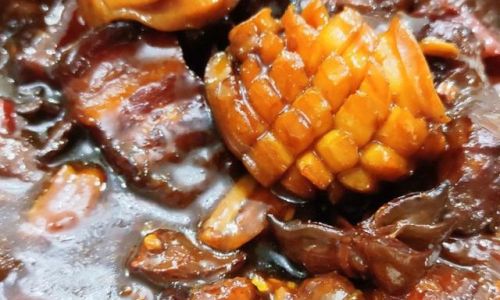
- 6 fresh abalone (or 8 dried abalone, rehydrated)
- 1 tbsp oyster sauce
- 1 tsp sesame oil
- 1/4 cup abalone brine (from canned abalone or reserved liquid after rehydration)
For Garnish and Accompaniments:
- 2 tbsp cornstarch mixed with 2 tbsp water (for thickening)
- Steamed jasmine rice or bao buns
- Fresh cilantro leaves
- Thinly sliced scallion greens
- Red chili flakes (optional)
Selecting the Perfect Pork Belly
The foundation of this dish lies in the pork belly. Look for a cut with balanced layers of fat and lean meat—a ratio of 3:2 (fat to meat) is ideal. The fat should be creamy white, and the meat should be firm with a pinkish hue. Avoid pieces with excessive marbling, as this can result in a greasy texture. If possible, source heritage-breed pork for superior flavor and tenderness.
Preparing the Abalone: A Delicate Process
Fresh abalone, with its firm texture and oceanic sweetness, is the gold standard. However, dried abalone—rehydrated through a meticulous process—offers an intense, concentrated flavor. To rehydrate dried abalone:
- Rinse under cold water to remove salt.
- Place in a heatproof bowl and cover with boiling water.
- Soak for 24–48 hours, changing the water every 8 hours.
- Gently scrub the abalone to remove any grit, then slice into thin strips.
The Braising Liquid: Crafting the Elixir
The braising liquid is the soul of the dish. A combination of Shaoxing wine, soy sauces, and aromatic spices creates a deeply savory base. Rock sugar, with its subtle caramel notes, balances the saltiness of the soy sauces. For an added layer of complexity, some chefs incorporate fermented bean paste or dried shrimp, though these are optional.
Step-by-Step Preparation: The Alchemy of Slow Cooking
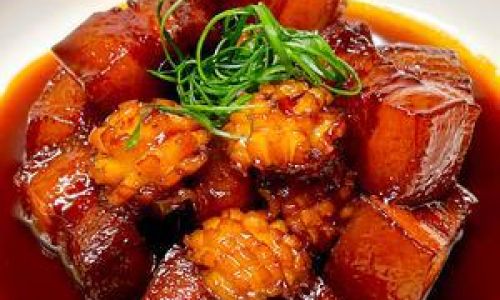
Parboiling the Pork Belly
Parboiling removes impurities and renders excess fat, ensuring a cleaner, more refined flavor.
- Cut the pork belly into 2×2-inch cubes.
- Place in a large pot and cover with cold water.
- Add 2 slices of ginger and 1 smashed garlic clove.
- Bring to a boil over high heat, then reduce to a simmer for 5 minutes.
- Drain and rinse under cold water to halt cooking. Pat dry with paper towels.
Searing the Pork Belly
Searing creates a golden crust that adds depth to the dish.
- Heat 2 tbsp of oil in a heavy-bottomed Dutch oven over medium-high heat.
- Add the pork belly cubes in a single layer (work in batches if necessary).
- Sear until golden brown on all sides, approximately 8–10 minutes.
- Remove and set aside.
Sautéing Aromatics
The aromatics form the flavor backbone of the braising liquid.
- In the same pot, add the remaining oil, ginger, garlic, and scallion whites.
- Sauté until fragrant, about 2 minutes.
- Deglaze with Shaoxing wine, scraping up any browned bits.
Building the Braising Liquid
- Return the pork belly to the pot.
- Add light soy sauce, dark soy sauce, rock sugar, star anise, cinnamon, and Sichuan peppercorns.
- Pour in the stock until the pork is submerged (add water if needed).
- Bring to a boil, then reduce to a gentle simmer.
- Cover and braise for 1.5–2 hours, or until the pork is fork-tender.
Incorporating the Abalone
Abalone requires precise timing to avoid overcooking.
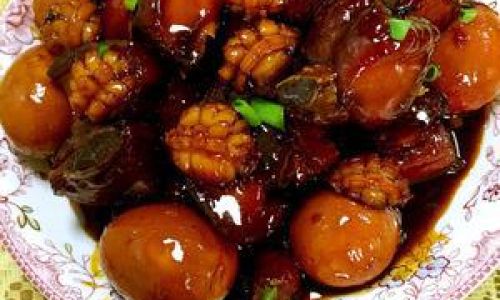
- After 1.5 hours of braising, gently add the abalone slices and oyster sauce.
- Continue simmering for an additional 30 minutes.
- Stir in sesame oil and abalone brine during the final 10 minutes.
Thickening and Finishing
- Remove the pork and abalone from the pot.
- Increase heat to medium and reduce the braising liquid by half.
- Whisk in the cornstarch slurry until the sauce coats the back of a spoon.
- Return the pork and abalone to the pot, tossing gently to glaze.
Expert Tips for Culinary Perfection
The Importance of Low and Slow Cooking
Resist the temptation to rush the braising process. Low heat ensures the collagen in the pork belly breaks down into gelatin, yielding a luxurious texture. Simmering at a bare bubble—not a rolling boil—prevents the meat from toughening.
Achieving the Perfect Glaze
The interplay between the reduced braising liquid and cornstarch slurry creates a glossy, clingy sauce. For a richer finish, some chefs finish the dish with a knob of butter, stirred in off the heat to create an emulsified sheen.
Balancing Flavors
Taste and adjust the seasoning before serving. Add a splash of rice vinegar for brightness, a pinch of sugar for sweetness, or a drizzle of sesame oil for nuttiness. The goal is a harmonious balance where no single flavor dominates.

Presentation: Elevating the Dish
Garnish with cilantro and scallion greens for a pop of color. Arrange the pork and abalone atop steamed rice or nestled inside a fluffy bao bun. For a modern twist, serve with pickled vegetables or a crisp salad to cut through the richness.
Variations and Adaptations
Vegetarian and Vegan Twists
Substitute the pork belly with king oyster mushrooms or wheat gluten (seitan) for a plant-based alternative. Use vegetable stock and coconut aminos instead of soy sauce. Marinate the abalone substitute in smoked paprika and liquid smoke for depth.
Spicy Infusions
For heat lovers, add dried chili peppers or a dollop of chili bean paste (doubanjiang) during the braising process. Garnish with fresh bird’s-eye chilies for a fiery kick.
Modernist Techniques
Sous-vide the pork belly at 165°F (74°C) for 36 hours for unparalleled tenderness. Use a smoking gun to infuse the dish with applewood or tea smoke before serving.

Pairing Suggestions: Wine and Beyond
The dish’s richness pairs beautifully with medium-bodied red wines like Pinot Noir or Grenache. For a Chinese pairing, opt for a floral white wine, such as Riesling, or a robust black tea like pu-erh. Avoid oaked Chardonnays, as their tannins can clash with the dish’s umami notes.
Storing and Reheating Leftovers
Braised pork belly with abalone improves in flavor after a day or two. Store in an airtight container in the refrigerator for up to 5 days. Reheat gently over low heat, adding a splash of stock or water to prevent drying out. Freeze portions for up to 3 months, thawing overnight in the refrigerator before reheating.
Conclusion: The Journey to Mastery
Braised pork belly with abalone is more than a recipe—it is a testament to the art of patience and the pursuit of culinary perfection. Each step, from selecting the finest ingredients to nurturing the dish over hours of slow cooking, is a meditation on flavor and tradition. Whether served at a lavish banquet or enjoyed as a humble family meal, this dish invites diners to savor the interplay of textures and the depth of umami that defines Chinese gastronomy. With practice and attention to detail, even home cooks can master this iconic dish, transforming simple ingredients into a symphony of taste that lingers long after the last bite.
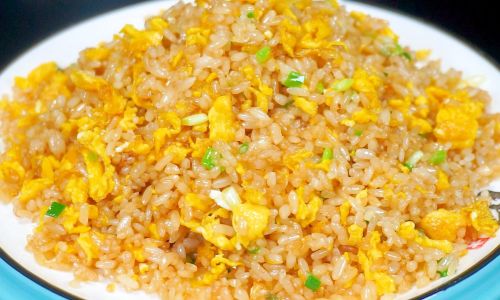

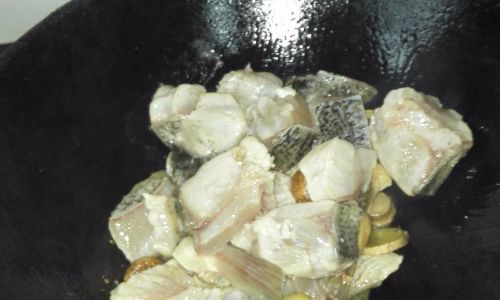
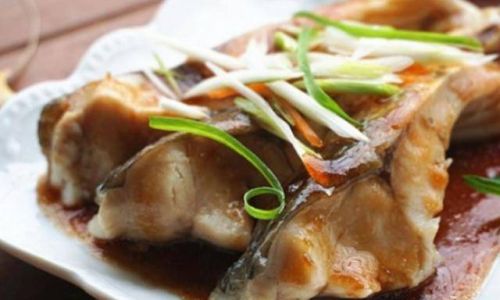
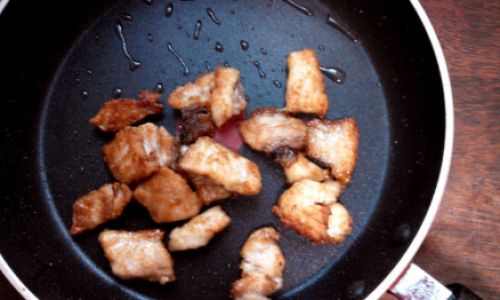
0 comments